The Benefits of Multi-Tenant Industrial Real Estate
These properties offer investors flexibility and other positives, according to Farhan Kabani of Four Pillars Capital Markets.
Multi-tenant industrial real estate is an asset class in which multiple units or suites in a property can be leased to a variety of commercial tenants. These units can be cost-effective operating spaces for small and medium-sized enterprises, but larger, more established businesses may also take advantage of the flexibility of this real estate solution. Tenants may use their space for a variety of purposes, including inventory warehouses, distribution facilities, manufacturing sites, research, product development and more.
READ ALSO: Industrial Sector Holds Steady Amid Amazon Slowdown
This market segment is characterized by flexibility, built-in diversification and scalability. Since these properties can house tenants across varying industries, property owners are strongly insulated from downturns across different sectors of the economy. Furthermore, long-term cash flow can be more consistent when payment risk is spread across multiple tenants. Overhead costs for property owners are also manageable, as tenants generally pay their own share of operating expenses and maintenance costs.
Multi-tenant industrial occupiers often operate on shorter term leases compared to those in single-tenant assets. Short-term leases allow for more frequent rent increases during renewals, allowing owners to adjust for inflation more quickly as the market shifts. This dynamic ensures owners are not subject to earnings erosion through long-term rates that take longer to adjust to market conditions. The primary risk associated with short-term leases, however, is tenant rollover, which may require owners to identify new tenants more frequently or risk periods of vacancy.
Another attractive characteristic of multi-tenant industrial is its scalability. Instead of relocating, growing businesses may be able to expand into an additional available unit within the property or at the same industrial complex. And with demand for industrial space at all-time highs, existing and prospective industrial owners are well-positioned to capitalize on the needs of their growing tenants.
Growing Demand for Critical Supply Chain Assets
The rise in e-commerce has caused many businesses to require more logistical space to fill direct-to-consumer orders. Many companies also promise swift delivery, necessitating multiple last-mile warehouses dispersed in high-density areas to accommodate the consumers they serve. The growing demand for flexible, scalable industrial spaces in today’s market effectively mitigates many of the risks associated with tenant rollover and vacancy.
The competitive landscape in this market segment is also strengthened by location. Many multi-tenant industrial parks were initially built on the outskirts of city centers but have since been enveloped by urban expansion, putting them in close proximity to other high value real estate and adds to the attractiveness for lenders and investors.
With small business growth, urbanization and e-commerce, multi-tenant industrial spaces have become critical assets within the supply chain network, and value is expected to continue growing in the coming years. The flexibility of these spaces can benefit tenants and property owners alike, with easy scalability for growing businesses and inherent risk mitigation through diversification for property owners. The increasing demand for these spaces—in conjunction with limited urban supply—spells consistent, long-term appreciation and gains for prospective investors.
Farhan Kabani is a partner at Four Pillars Capital Markets.



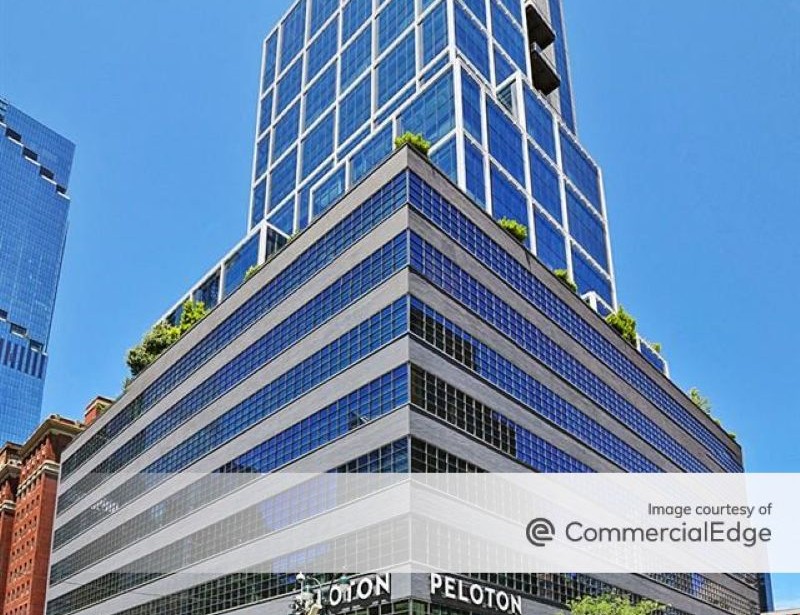
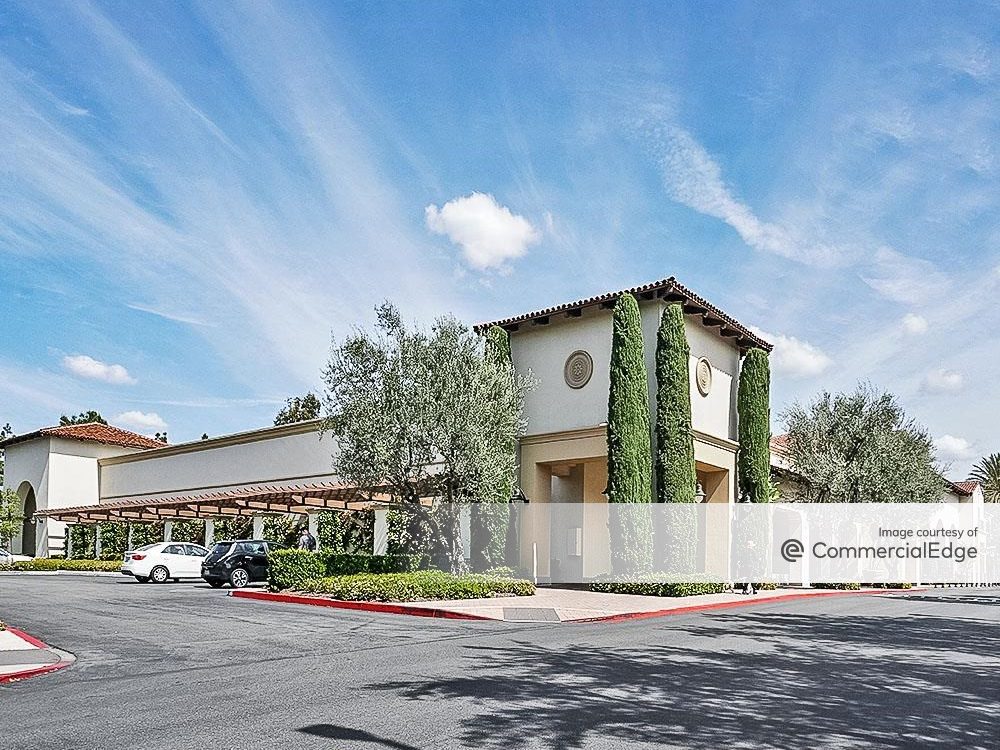
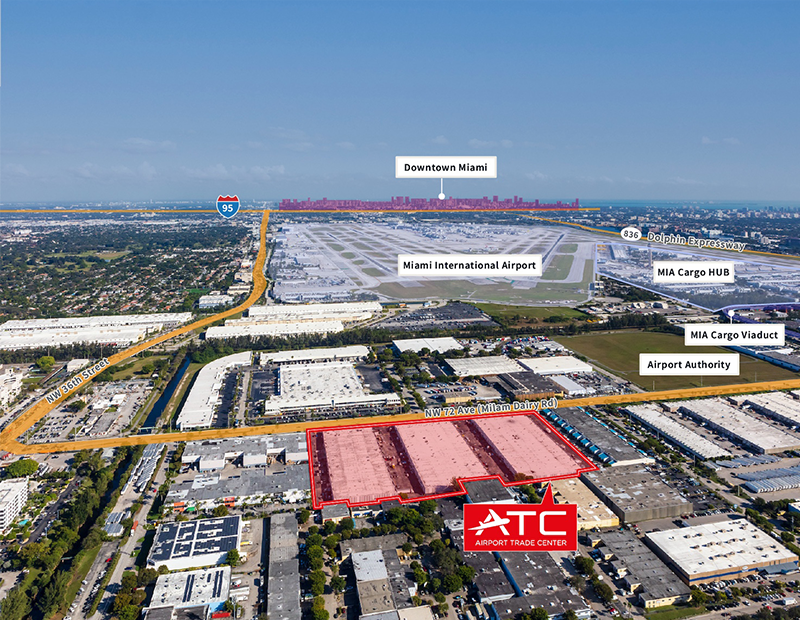
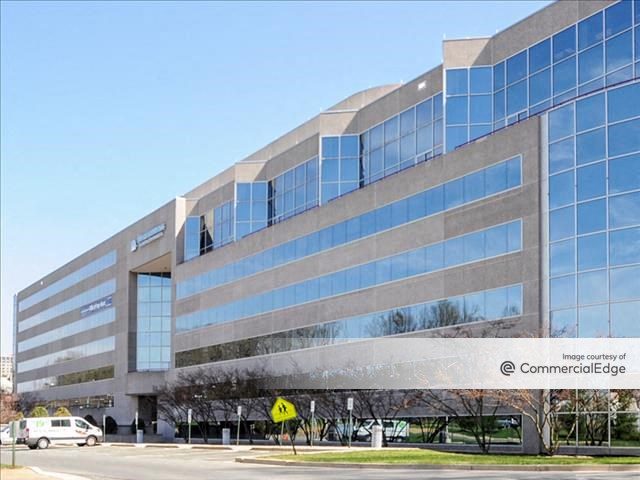
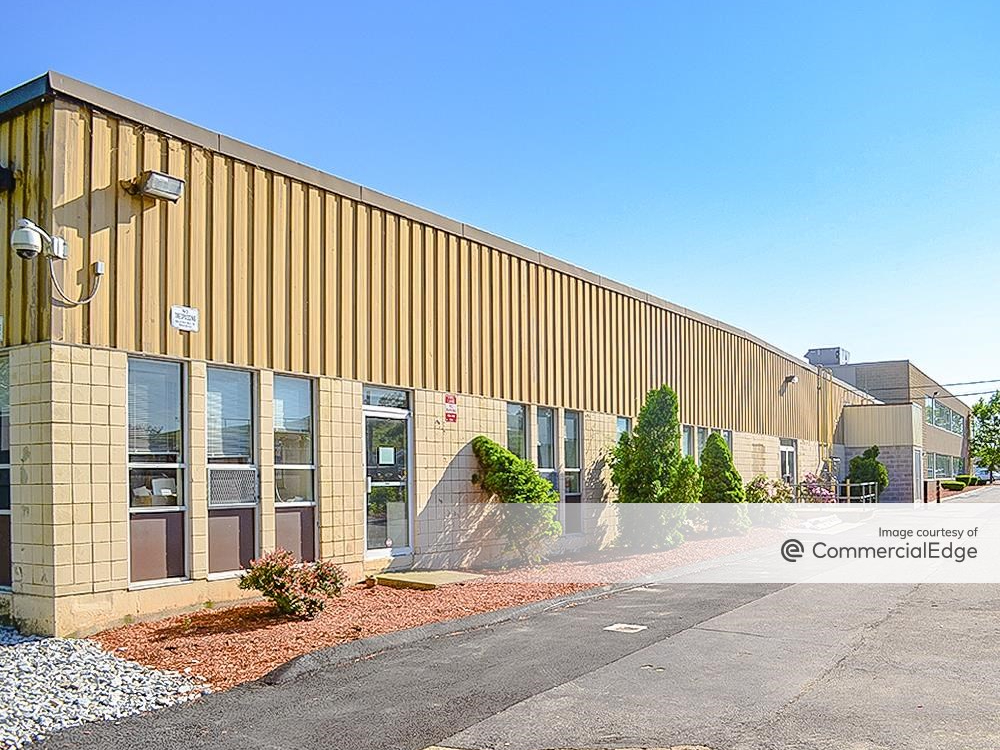
You must be logged in to post a comment.